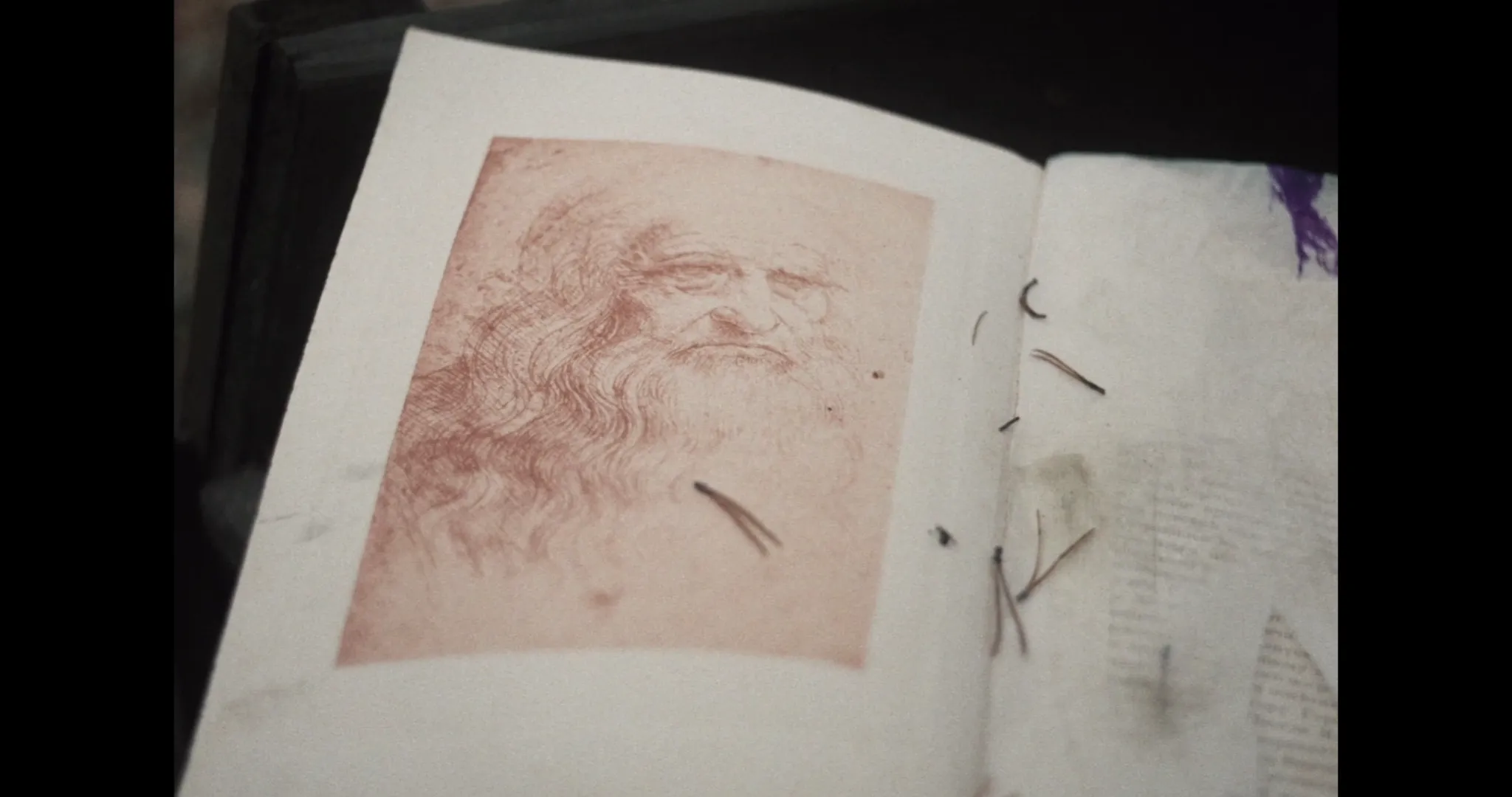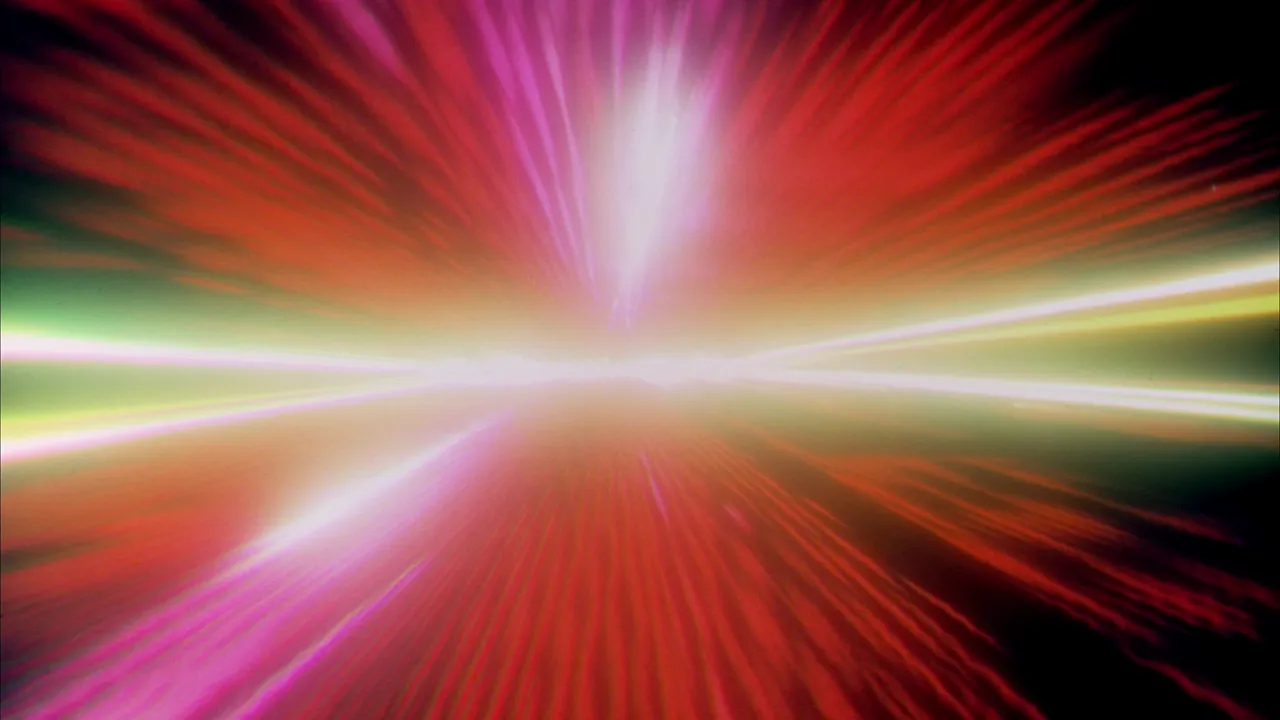Please update your browser
Your current browser version is outdated. We recommend updating to the latest version for an improved and secure browsing experience.

Tarkovsky's Mirrors
Andrei Tarkovsky is strongly associated with mobile long takes, and in Sculpting in Time (1985), he argues strongly against montage thinking, undoubtedly because he associated it heavily with the Socialist Realism that was imposed throughout the Soviet area until 1956. Nevertheless, Mirror (1975) makes extensive use of found footage montage and systematically reinvents the possibilities of shot-countershot exchanges. The frequent cuts across the axis often represent leaps in both space and time.
The sequence in which the father returns in his Soviet military uniform (below) is characteristic both in the surprising shifts in point-of-view and the use of mirroring imagery. At the beginning of the sequence, young Aleksei is shown rifling through his father's book of Leonardo images. The plant bits stuck between the pages make it clear that this is the same book that the protagonist's own son Ignat looks through elsewhere in the film (top and below). One of many implications is that each generation surreptitiously finds their own way towards the same evocative imagery.
The Leonardo self-portrait anticipates the sudden emergence of the artist's Portrait of Ginevra de' Benci (1474–1478, National Gallery of Art, Washington D.C.) when the young protagonist turns his eyes towards the camera at the end of the sequence. Accompanying this montage is the recitative announcing the Rending of the Veil of the Temple from Bach's St. Matthew Passion (1727). The force and audacity of this juxtaposition is matched only by the film's astonishing ending.


Midway Through the Journey of Life
The ending of Mirror (Andrei Tarkovsky, 1975) is structured as a point-of-view shot from the perspective of the mother. As she turns away from the camera, Tarkovsky closes a framing bracket that links the entire sequence to images of the mother and father in a field. The startling implication is that the filmmaker is representing the moment of his own conception (the father asks, “Would you like a boy or a girl?”).
Mirror’s different layers converge in the sustained mobile shot that follows, as the actors playing the child versions of the autobiographical surrogate Aleksei and his sister walk alongside Tarkovsky’s actual mother. In the distance, the actress playing the mother in the 1930s stands at the foot of an object that is both mundane and profound. Pergolesi’s Stabat Mater (1736) had been used earlier, but here Tarkovsky uses the opening of Bach’s St. John Passion (1724). In an act of brazen idealism, he told the Soviet censors that this music had to be included because it was the greatest ever written.
Bach’s opening chorus connects the glory of creation with the abjection of the Passion. By using it to accompany his layered imagery, Tarkovsky deepens the film’s many images of the “sorrowful mother” and invokes the Italian Renaissance tradition of painting the infant Christ holding a cross.
Aleksei, Ignat, and the other young boys in the film (including the stutterer in the prologue) are all shown to be, like Moses, “slow of speech” (Exodus 4:10). Only as the different levels of meaning, memory, and imagining come together in a uniquely cinematic fusion of space and time is the child finally able to call out.
The most enduring literary evocation of an existential crisis, the beginning of Dante’s Inferno (1321), had earlier been quoted during a dreamlike recreation of the mother’s experience of Stalinism: “Midway through the journey of life, I found myself alone in a dark wood.” Mirror’s final shot ends not with the moment of epiphanic recognition, but with the camera slowly pulling away, back into the woods with which the film began.






